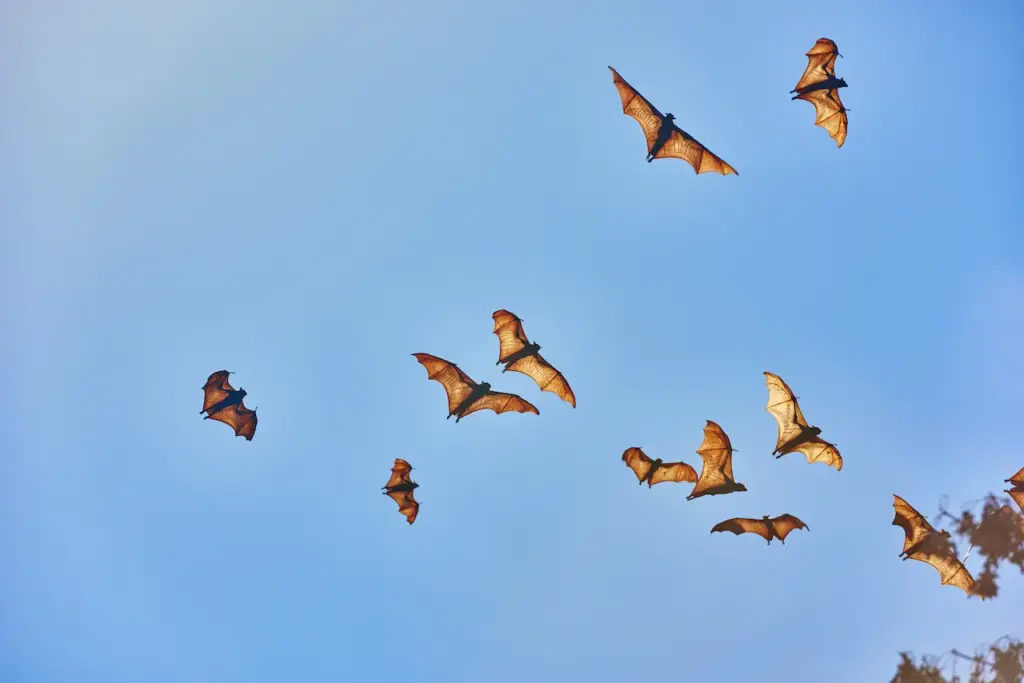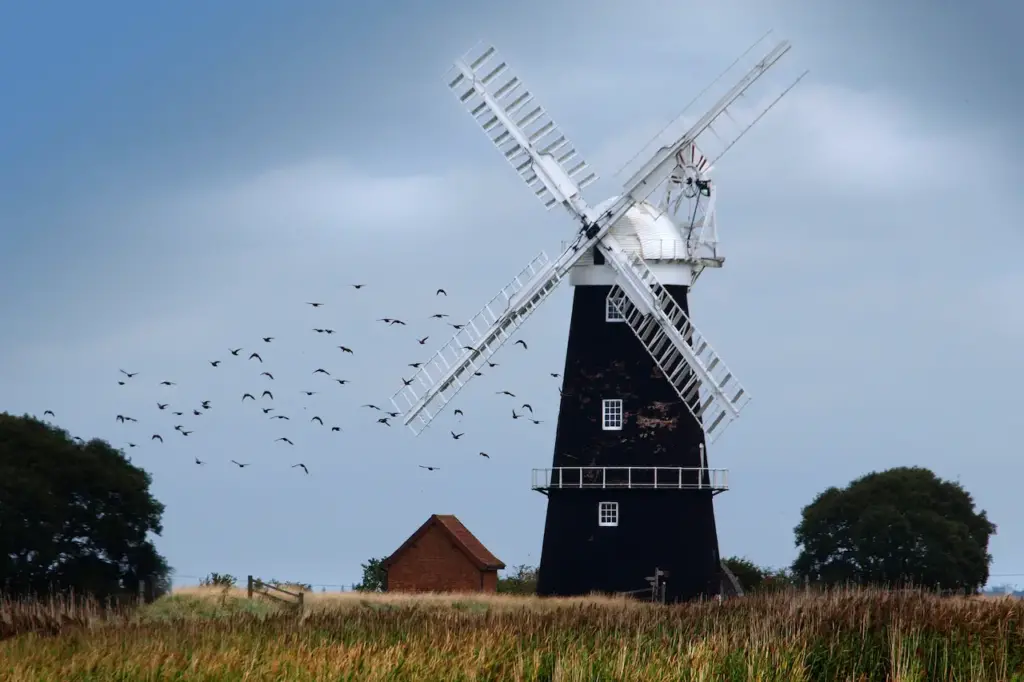Can Bats and Windmills Coexist?
Today in Wildlife News: Can Bats and Windmills Coexist?
Today in Wildlife News & Wild Animal Facts
All energy comes at a price, including every form of alternative energy–even when that energy is supplied by something as free as the wind. One of the costs of wind energy is paid by wildlife, chiefly birds and bats, that are killed in collisions with the spinning blades of wind turbines. But in a recent article published in the online scientific journal, PLoS One, a team of British scientists announced that they had found the hint of a partial solution–at least as far as bats are concerned.

Having noticed that bats tend to avoid weather radar stations, the team from the University of Aberdeen hypothesized that a small radar device that emitted electromagnetic radiation in the vicinity of a wind farm might discourage bats from approaching the facility.
During 2007, the team spent 58 nights working at 20 bat foraging sites in northern Scotland, where they tested portable radar devices that emitted both short- and medium-pulse electromagnetic signals. They then compared bat activity at sites where radar was used to bat activity at “control” sites where no electromagnetic signals were sent.
CAN BATS AND WINDMILLS COEXIST?
The results were impressive, with bat activity at the short-pulse sites reduced by up to 15.5%–and between 30.8% and 38.6% less bat activity at the sites where medium-pulse signals were sent.
Of course, even if nearly 40% of all bats in an area avoid a wind farm due to radar signals, 60% remain flying in harm’s way, and that leaves a lot of work to be done. However, the study does suggest the possibility of developing and tuning radar devices to be even more repellant to vulnerable flying mammals, thereby perhaps making a real difference in the number of them that are killed by wind turbines.

This British research is especially important in light of a separate American study that showed that bat collisions with windmill blades were regular, rather than rare, occurrences. In 2004, researchers from the group Bat Conservation International spent six weeks studying bat mortality caused by 44 wind turbines at two wind power generation sites in Pennsylvania and West Virginia. During those six weeks, the team recovered the carcasses of 660 bats of 7 different species that had been killed by the windmills. From this data, and taking into account that some of the dead bats were never found, or were removed from the research site by scavengers, they estimated an actual kill of between 1,364 and 1,980 bats for the two sites–or almost a bat a night for each of the turbines.
The 7 species of bats recovered during the study were the hoary bat, the eastern red bat, the eastern pipistrelle bat, the silver-haired bat, the little brown bat, the big brown bat, and the northern long-eared bat.
To read the original radar article in PLoS One, click here. For an electronic copy of the study on bat mortality due to wind turbines, click here.



